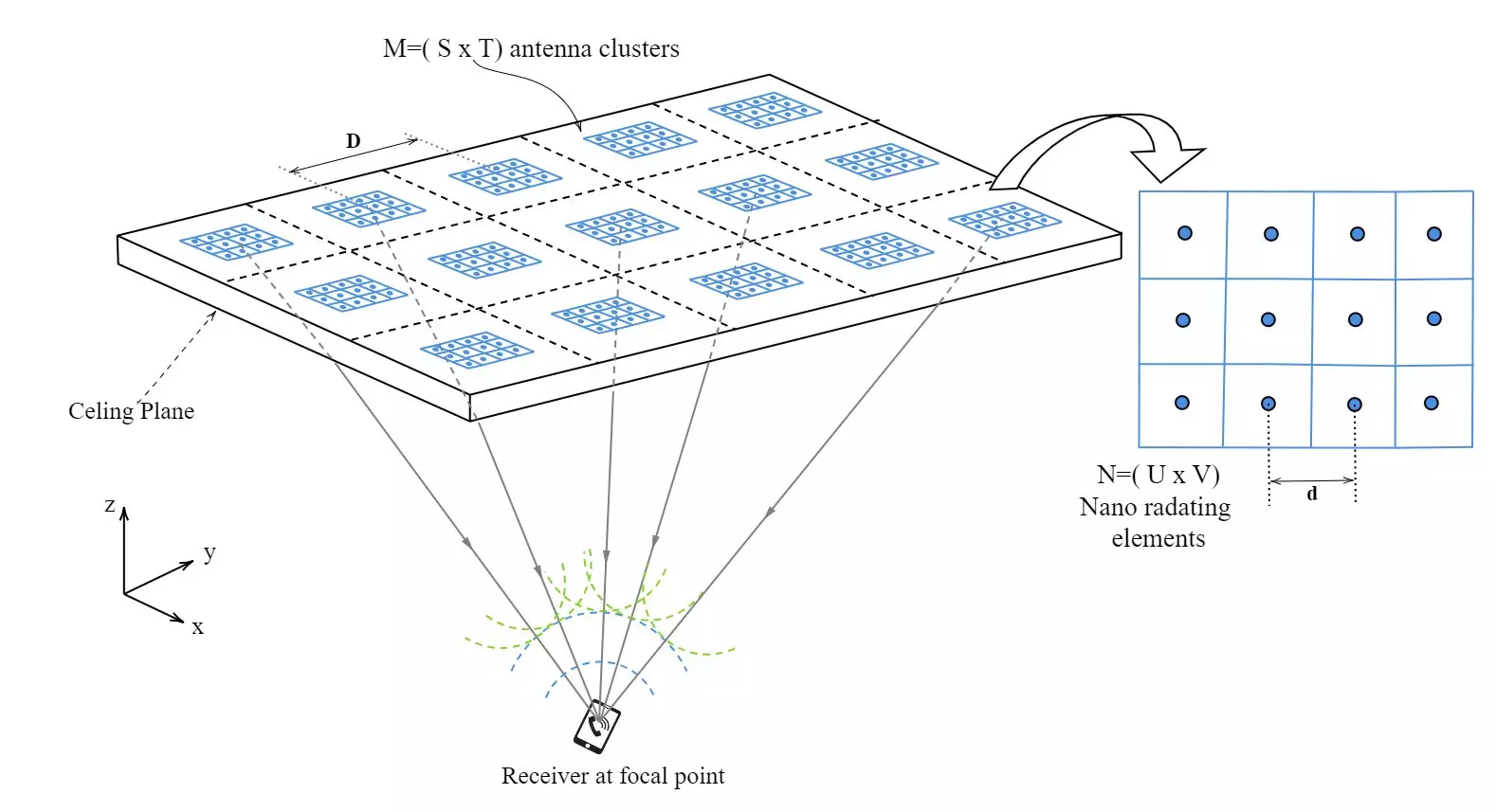As we navigate an ever-evolving digital landscape, the demand for efficient and robust wireless communication has never been more critical. Traditional systems, including Wi-Fi and Bluetooth, grapple with significant limitations, such as constrained bandwidth and increasing interference from overlapping signals. These technologies, once groundbreaking, are now showing signs of strain as user numbers and data demands continue to skyrocket. Enter the realm of Optical Wireless Communication (OWC), a burgeoning solution poised to transform how we experience indoor connectivity.
The crux of OWC’s promise lies in its utilization of infrared (IR) signals, which provide a viable means to enhance data transmission capabilities without the pitfalls associated with conventional radio frequency (RF) systems. This leap forward is not merely about refining existing technologies; it represents a paradigm shift that addresses the pressing needs of contemporary communication infrastructures.
At the forefront of this transformation is a groundbreaking approach that centers around a highly innovative concept—what we term the “phased array within a phased array.” This intricate design draws inspiration from quantum mechanics, particularly the principle of quantum superposition, which allows particles to exist in various states simultaneously. In our optical communication system, we implement multiple smaller antennas arrayed within larger frameworks, enabling them to work in harmony to optimize output signals.
This meticulous alignment facilitates an unprecedented synergy that magnifies the fidelity and clarity of IR transmissions. Unlike traditional systems reliant on singular transmitters, our methodology employs an array of clustered transmitters, each capable of functioning independently or in unison. This redundancy mirrors quantum overlaps, thereby empowering the system to maintain signal integrity in complex, obstructed environments—solutions traditional RF technologies struggle with.
A pivotal aspect of our communication innovation is the use of dual transmission wavelengths, which significantly enhance both the clarity and stability of the signal. This dual approach allows for an increased accuracy in beam positioning while reducing potential vulnerabilities, such as signal fade, which often occur in the wider intervals between transmission clusters. By deploying this technology, users can experience a much more reliable communication channel even in challenging indoor settings.
Furthermore, the dual wavelength system embodies an intelligence of its own, allowing for real-time adjustments that ensure optimal performance regardless of environmental changes. Such advancements have profound implications for various fields, stretching from healthcare—where reliable, secure communications can be a matter of life and death—to industrial applications, where efficiency translates to better operational throughput.
Crucially aligned with trends toward sustainability, our system embodies energy efficiency at its core. Leveraging an Ant Colony Optimization (ACO) algorithm—modeled on the natural behavior of ants communicating and coordinating efficiently to minimize energy expenditure—our design allows for a context-aware activation of transmission clusters. This targeted approach means that only the clusters necessary for effective communication are powered on, whereas idle clusters are deactivated. Traditional systems, in contrast, indiscriminately consume energy, leaving many resources wasted.
By minimizing energy consumption in this manner, our approach significantly lowers both operational costs and the environmental footprint associated with large-scale wireless networks, presenting a timely contribution to global sustainability efforts.
The potential applications for our system extend far beyond the immediate improvements in speed and reliability. Our adaptable phased array framework is primed for scalability and integration with various optical wavelengths, ensuring that as technology advances, our systems can evolve alongside it. This flexibility is essential as the communication landscape continues to diversify, providing a robust foundation for future developments.
Ultimately, the implications of this research reach far and wide. We are not simply on the cusp of a technological upgrade; we are fundamentally reshaping the communication landscape. With the promise of faster, more efficient, and environmentally friendly wireless solutions, the future of indoor connectivity looks not only brighter but more profound in its potential to enhance the way we interact with each other and the world around us.

